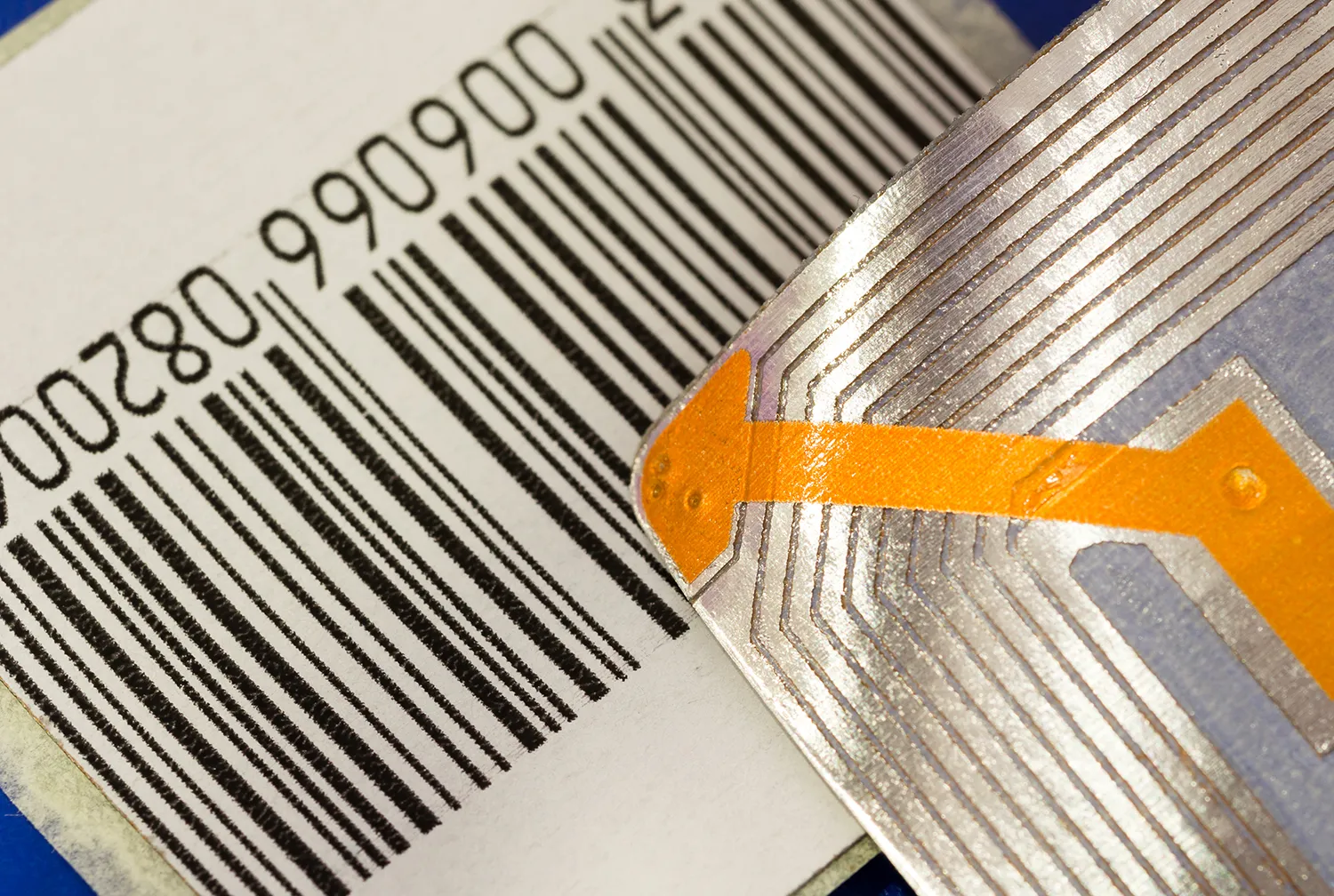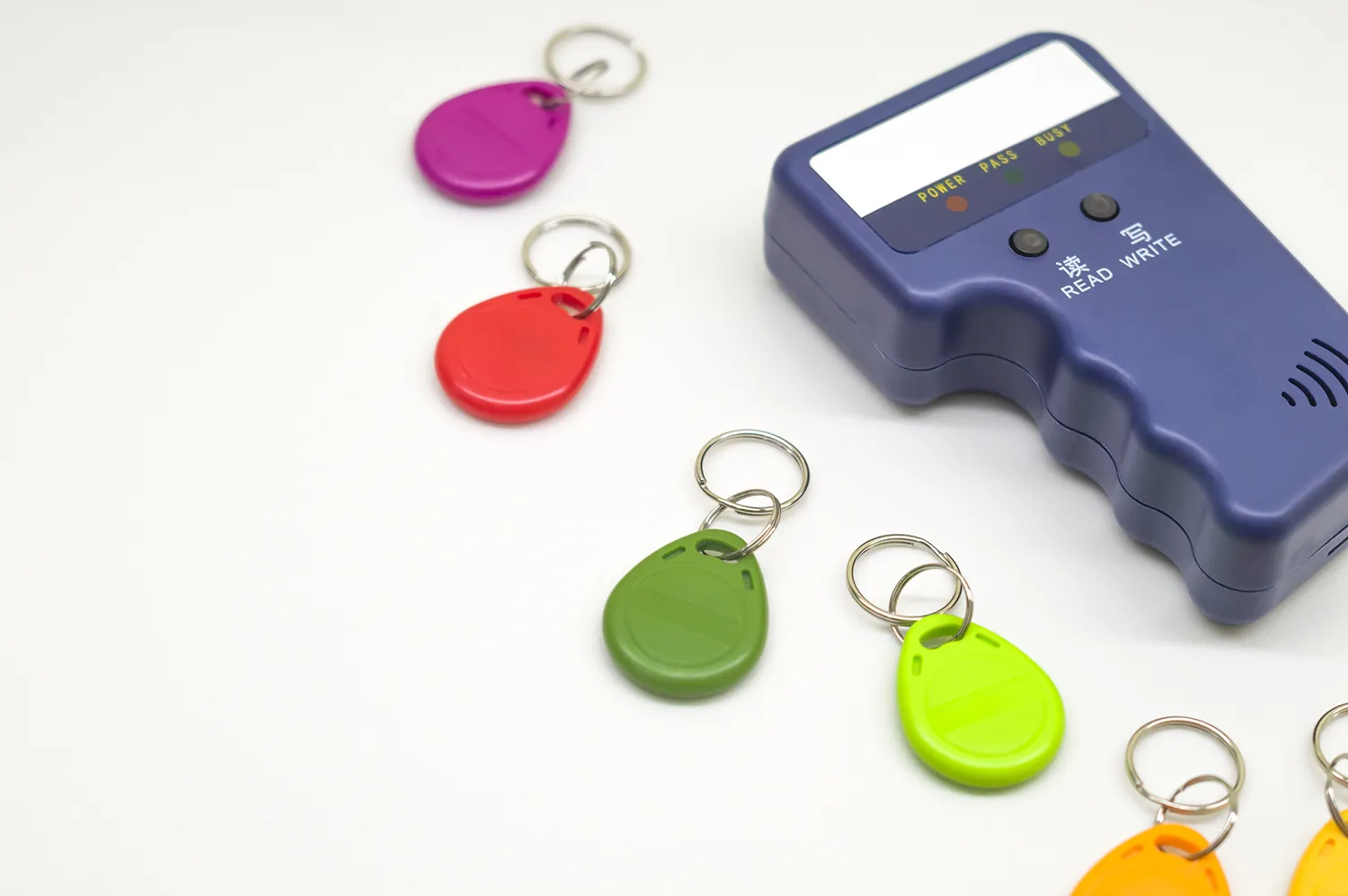Technological Sovereignty in Action: Russian Companies Build the Future of Microelectronics and RFID
Russian firms are moving fast in microelectronics and RFID, offering homegrown solutions that serve local demand and strengthen the nation’s ability to compete globally.

A New Generation of Russian RFID Solutions
Russian manufacturers are rolling out breakthrough solutions in microelectronics, bringing promising technologies to mass production, and expanding the release of modern, competitive products. SAUK, a Russian developer and producer of automatic identification equipment, showcased its cutting-edge UHF RFID readers and antennas at the 25th China International Industry Fair (CIIF 2025) in Shanghai.
Even in China’s crowded RFID market, SAUK’s booth drew intense attention. The company’s products distinguished themselves with reliability, adaptability to demanding industrial environments, and competitive pricing.
The company’s highlight was the recently presented with success SAUK D1—a high-frequency (HF) desktop reader with a reading range of up to 5 cm. The company’s new development, the SAUK E2 — an ultra-high frequency (UHF) long-range reader with a reading distance of up to 15 meters — has sparked great interest.
RFID technologies fall into several categories: short-range (NFC, HF—up to 10 cm), ultra-high-frequency (UHF—up to several meters), and long-range active systems. The SAUK D1 belongs to the short-range segment, traditionally used for access control, asset tracking, and office or enterprise automation. It integrates easily with information management systems via API. Its Wiegand digital interface allows quick connection to access control systems. The device can also operate as a Bluetooth Low Energy virtual keyboard with laptops, smartphones, or tablets—independent of OS or software.

RFID as the Backbone of Smart Cities and Digital Transformation
The impact of this launch goes well beyond a single device. For Russia’s microelectronics sector, it represents another link in a self-sufficient technology chain—from tag design and production to software integration in corporate and municipal systems. For industries like logistics, manufacturing, and utilities, local solutions mean faster procurement, lower supply risks, compliance with Russian standards, and reduced exposure to sanctions.
At the national level, RFID development aligns with government-led programs for digital transformation and import substitution. RFID networks could underpin smart city infrastructure: toll parking, public transport monitoring, and access control at schools, hospitals, and government facilities. For everyday users, this translates into more affordable, more reliable services—from automated gates in residential courtyards to secure contactless payment systems.
Export Potential and Global Competition Challenges
Globally, SAUK is not yet in the same league as Zebra, Impinj, or Alien Technology. But the buzz around its products at the Shanghai fair shows real export potential, especially in the CIS and other markets seeking technological diversification. Success will depend on compliance with international standards (ISO/IEC 14443, 15693 for HF, and 18000-6C for UHF), consistent quality, and competitive pricing.

The biggest hurdles remain dependency on imported components, the need for larger R&D budgets, and building a full ecosystem—from tags and software to service support. Still, SAUK’s example demonstrates that Russian companies are no longer just replicating Western technology but adapting it to local realities and, in some cases, pushing ahead with their own innovations.
From NFC to UHF: The Maturity of Russia’s RFID Ecosystem
Russia’s domestic RFID industry has grown quickly, building its own equipment, tags, and automated ID systems designed for local standards.
In 2018, the ISBC Group and Mikron introduced the first Russian access control system with GOST-certified encryption for critical infrastructure and government IT systems. ISBC now holds over 10 patents and 20 trademarks in Russia and abroad. Its innovations include the first smart cards with Russian-made MIK1 chips, the first electronic livestock ear tags, and multifunctional RFID key fobs that combine transport and payment functions, office access, and intercom keys. Well-known cards such as Troika, Strelka, Moskvenok, and the Moscow Social Card were all produced by ISBC.
The Module Science and Technology Center has developed a universal microcontroller, Optimal+, for use in automotive electronics, industrial manipulators, and robotic arms. It can also turn any utility meter into a smart device, transmitting readings wirelessly through IoT. Production will start in 2026, with an annual capacity of up to two million units, replacing popular imported alternatives.

RST-Invent manufactures UHF, NFC, and HF tags, including RFID labels, encapsulated devices, and sticker tags. Its solutions have been deployed by Sberbank to automate equipment tracking for cash collection services.
In the medium term, Russia is likely to broaden its RFID product portfolio, integrate RFID with IoT and security systems, and strengthen its position in microelectronics. For Moscow, it is both an industrial opportunity and a strategic step toward technological independence. Each new product—like SAUK’s D1—is more than a device; it is a building block of Russia’s sovereign technology base.










































